The Shoulders are important, and often neglected, parts of your body. Your shoulders help you with everyday tasks, they help you reach for objects, lift objects and they also help you perform exercises. Flexible shoulders are very important as they will help you increase your overall body strength.
Workouts
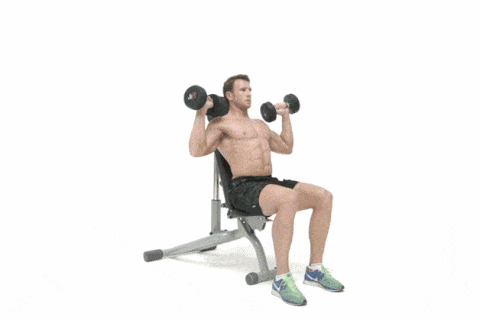
Target Muscle: Anterior deltoids.
How to do it:
Grab a pair of dumbbells, because they're all
you'll need for the rest of the workout. Next grab a bench; sitting down helps isolate the shoulder motion.
"These are really good for not only handling a lot of weight, but also having the freedom of using dumbbells,"
White tells MH. "You can bring them nice and low to get a really full range of motion." Take a load off your
feet and put a load on your delts.
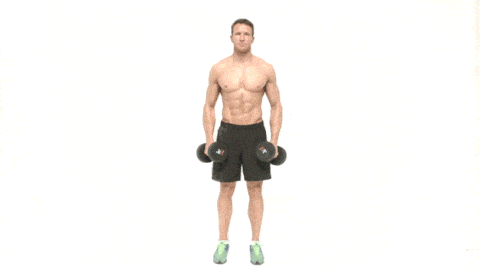
Target Muscle: Anterior deltoids.
How to do it:
Stand or sit with a dumbbell in each hand at your sides.
Keep your back straight, brace your core, and then slowly lift the weights out to the side until your arms are parallel with the floor, with the elbow slightly bent. Then lower them back down, again in measured fashion – you’ll find it all the harder if you avoid speeding up.

Target Muscle: Medial and Anterior Deltoids.
How to do it:
Hold a barbell with an overhand grip in a standing position. Your feet should be shoulder-width apart.
Maintain a tight core and flat lower back throughout. Bring the barbell to shoulder height with your palms facing out. Begin by pushing the barbell straight overhead.
Focus on contracting the shoulders while driving the glutes forward for stability. Once you reach the top, slowly bring the barbell to the starting position but do not
allow it to rest on your shoulders. Immediately, move into the next repetition.
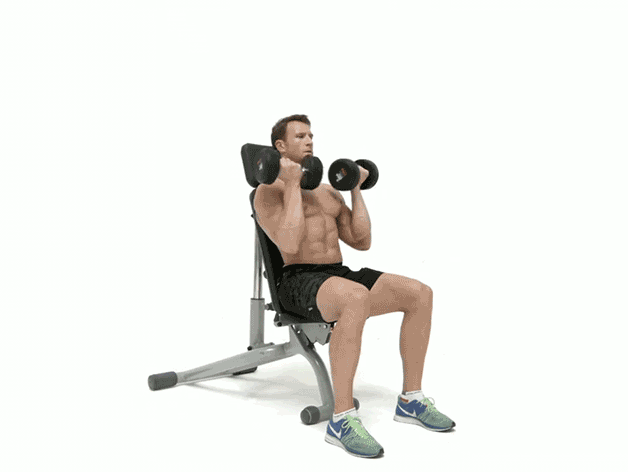
Target Muscle: All three section of Deltoids.
How to do it:
Stand with two dumbbells position in front
of shoulders, palms facing body and elbows under wrists. Initiate movement by bringing elbows out to sides.
Continue to raise elbows outward while pressing dumbbells overhead until arms are straight. Lower to front
of shoulders in opposite pattern and repeat.
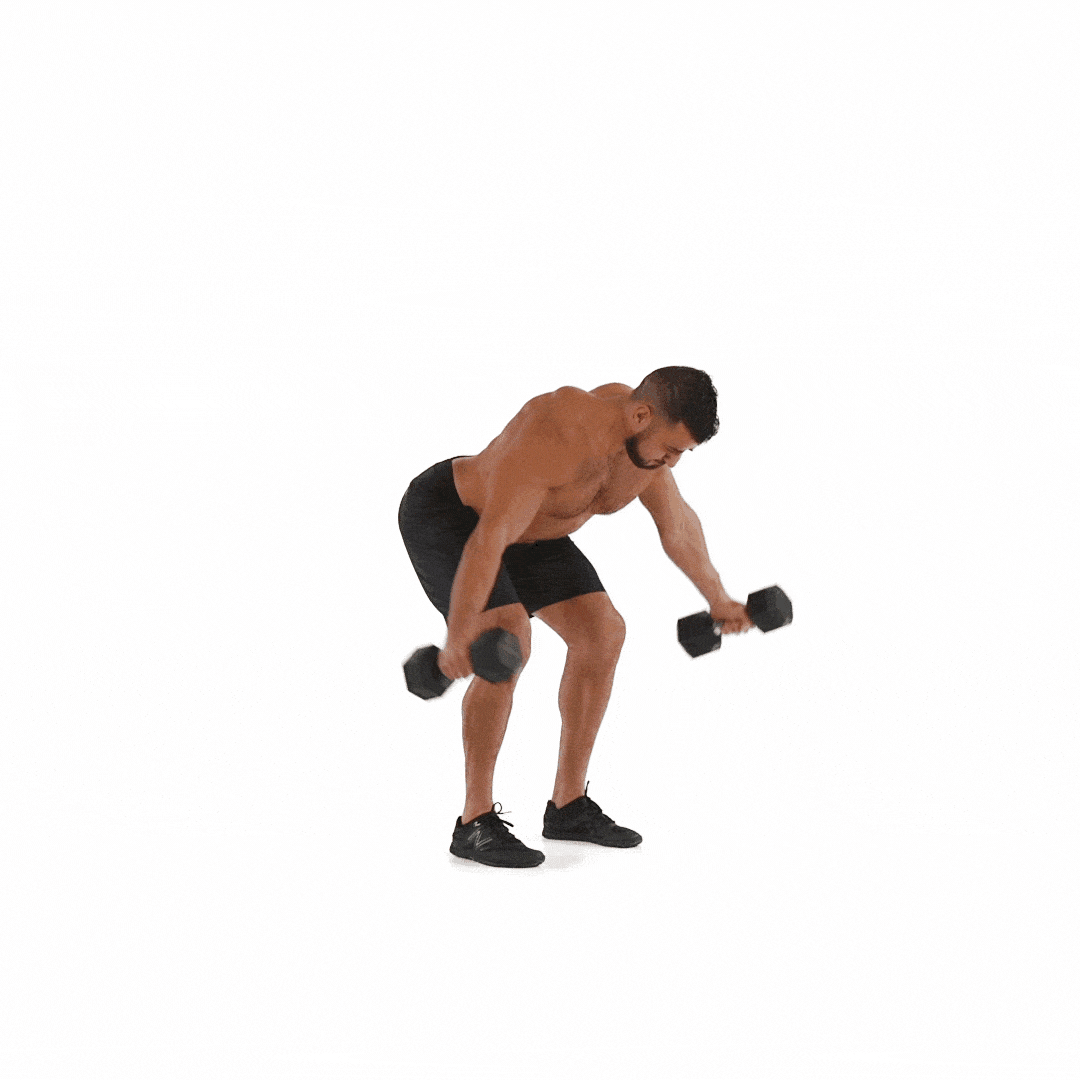
Target Muscle: Posterior deltoids.
How to do it:
Hold dumbbells in each hand, stand with knees slightly bent.
Keeping your back flat, bend forward at the hip joint. Exhale and lift both arms out to the side, maintaining a slight bend
in the elbows and squeezing your shoulder blades together. With control, lower the dumbbells back toward the ground.
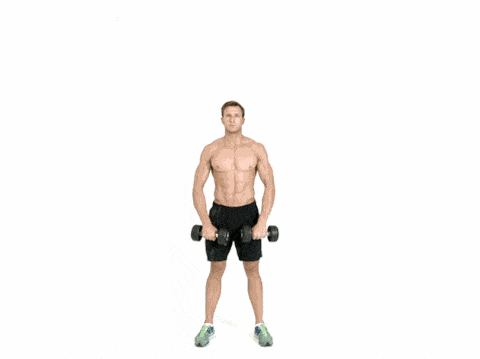
Target Muscle: Middle heads of the deltoids.
How to do it:
Stand holding a pair of dumbbells
at arm’s length in front of your waist, palms facing toward you. Slowly lift the weight in front
of your torso, keeping it close to your body, until your elbows reach shoulder height. Pause, then
reverse the movement, lowering the weights back to the starting position.
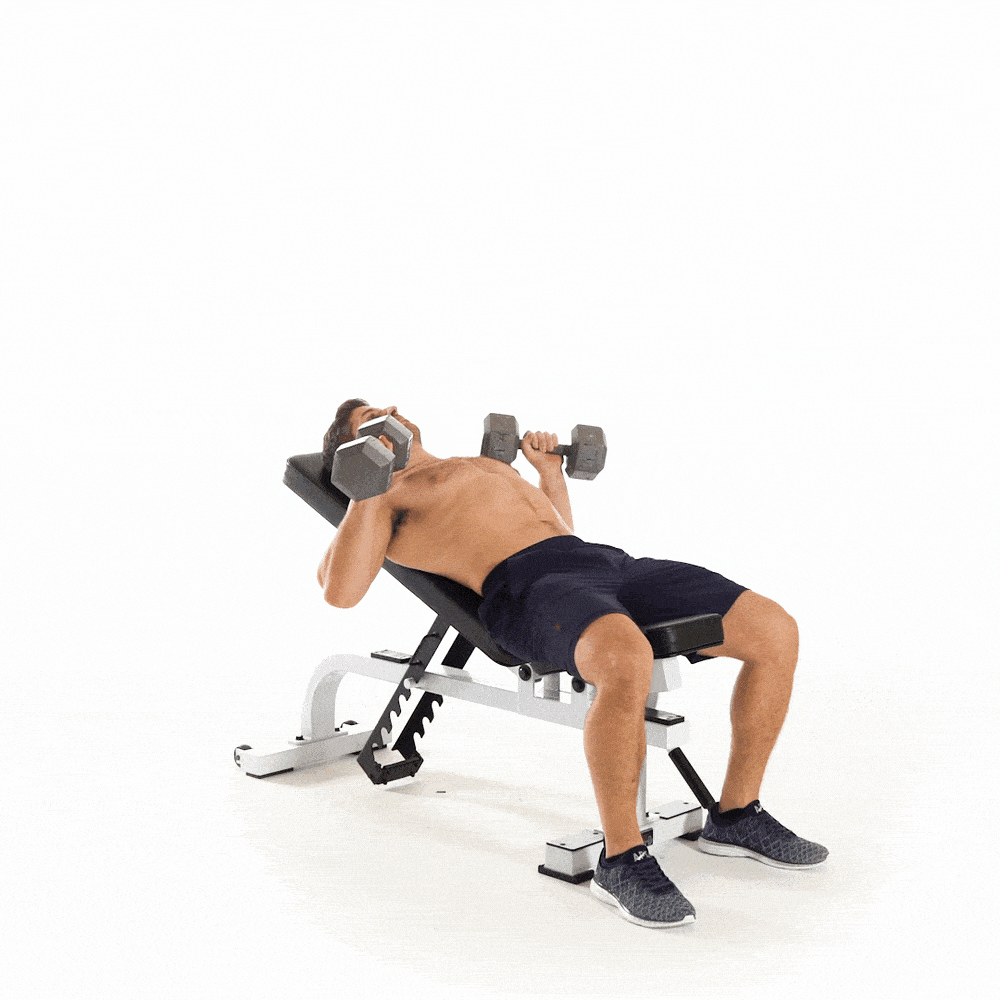
Target Muscle: Anterior deltoid.
How to do it:
Sit on the bench and lean back.
Brace your core and press both dumbbells straight up over your chest as you exhale. Reverse the movement
and slowly lower the dumbbells back to the top of your chest as you inhale. Aim to complete sets of 8 to 12 reps.

Target Muscle: Anterior Deltoid and, Medial Deltoid.
How to do it:
On a weight bench with an upright back support,
grab a barbell using a double-overhand grip so your hands are slightly wider than shoulder-width apart. Slowly
bend the arms and lower the barbell to your collar bone, keeping your elbows by your sides. Gripping the barbell
firmly, press it overhead until your elbows are completely locked out.
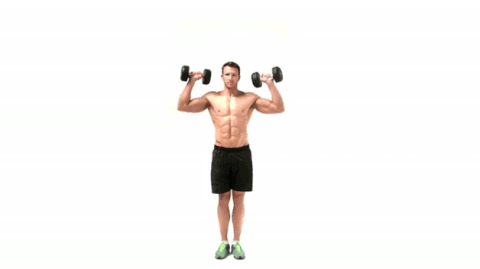
Target Muscle: Anterior Deltoid and, Medial Deltoid.
How to do it:
Standing or sitting, hold each dumbbell at head height
(upper arms parallel to the floor, elbows bent at 90 degrees) and palms facing forward. Make sure your back is straight
(and not overly arched). Brace your core muscles, and keep your knees slightly bent. Slowly press the dumbbells straight
up over your head.
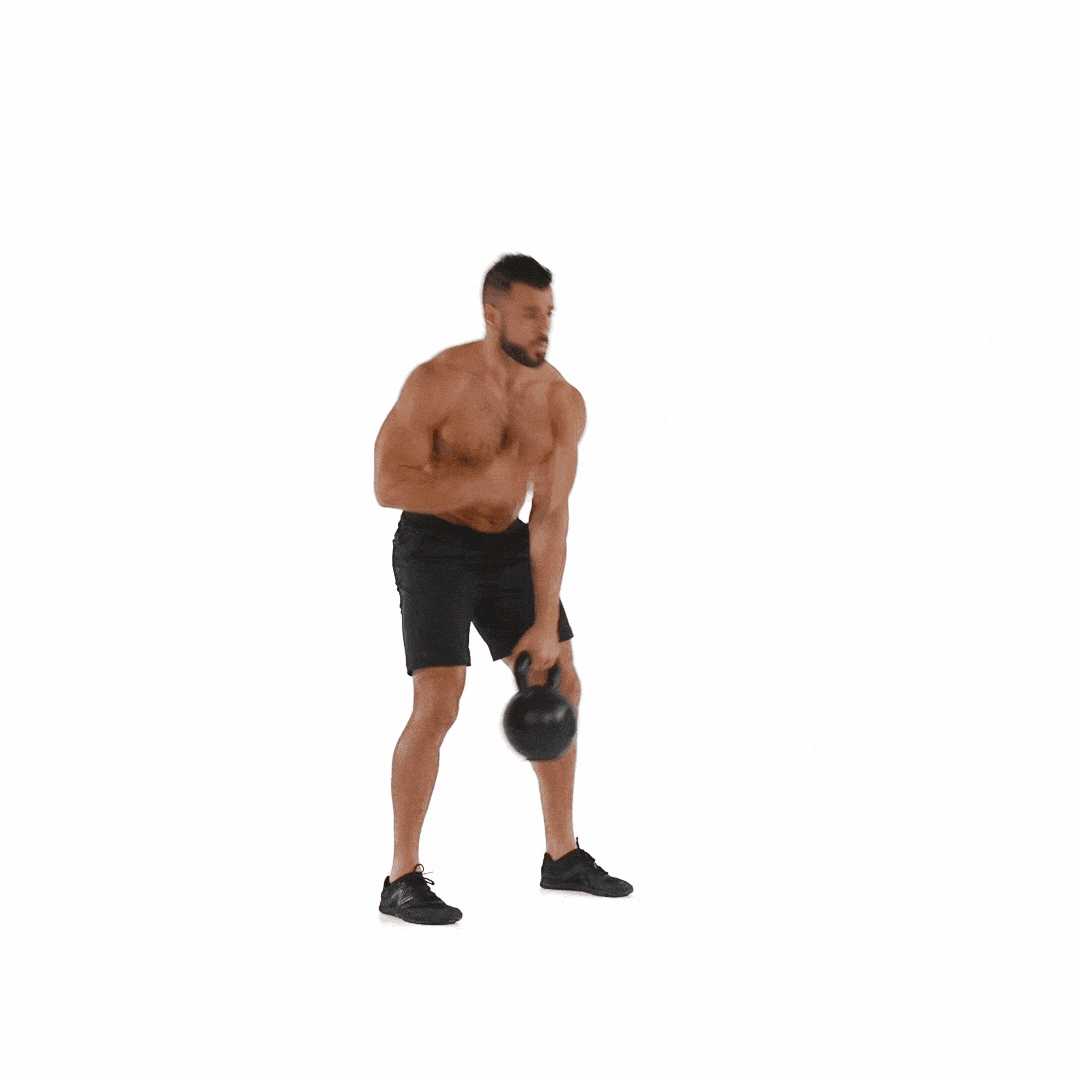
Target Muscle: Deltoid Muscles.
How to do it:
Stand with your feet slightly further than
shoulder-width apart. Push your hips back and slightly bend your knees. Grab the kettlebell handle with
your right hand and extend your left arm out from your side. Start by swinging your right hand backward
between your legs. Make sure the handle of the kettlebell remains slightly higher than your knees. Snap
your hips forward by forcefully squeezing your glutes and lifting your chest. The kettlebell should swing
forward on it’s own. Slowly return to the starting position and repeat with the other arm.
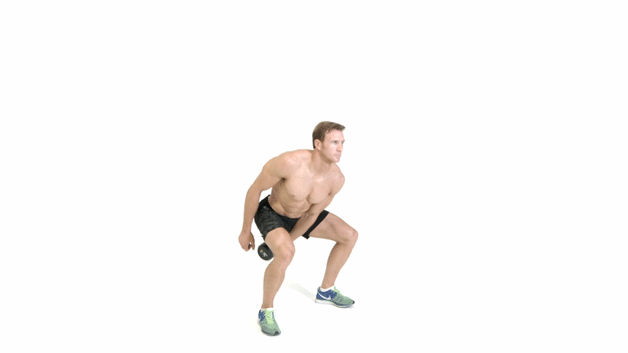
Target Muscle: Deltoid Muscles.
How to do it:
Grab a dumbbell (or kettlebell) with an overhand grip
and hold it with one hand in front of your waist at arm's length. Set your feet slightly wider than shoulder-width apart.
Keeping your lower back slightly arched, bend at your hips and knees and lower your torso until it forms a 45-degree angle
to the floor. Now swing the dumbbell between your legs. Keeping your arm straight, thrust your hips forward, straighten your
knees, and swing the dumbbell up to chest level as you rise to standing position. Reverse the movement and swing the dumbbell
back between your legs again. That's one rep. Continue to swing the weight back and forth forcefully. Halfway through your reps,
switch hands so that you're swinging the dumbbell with your other arm.